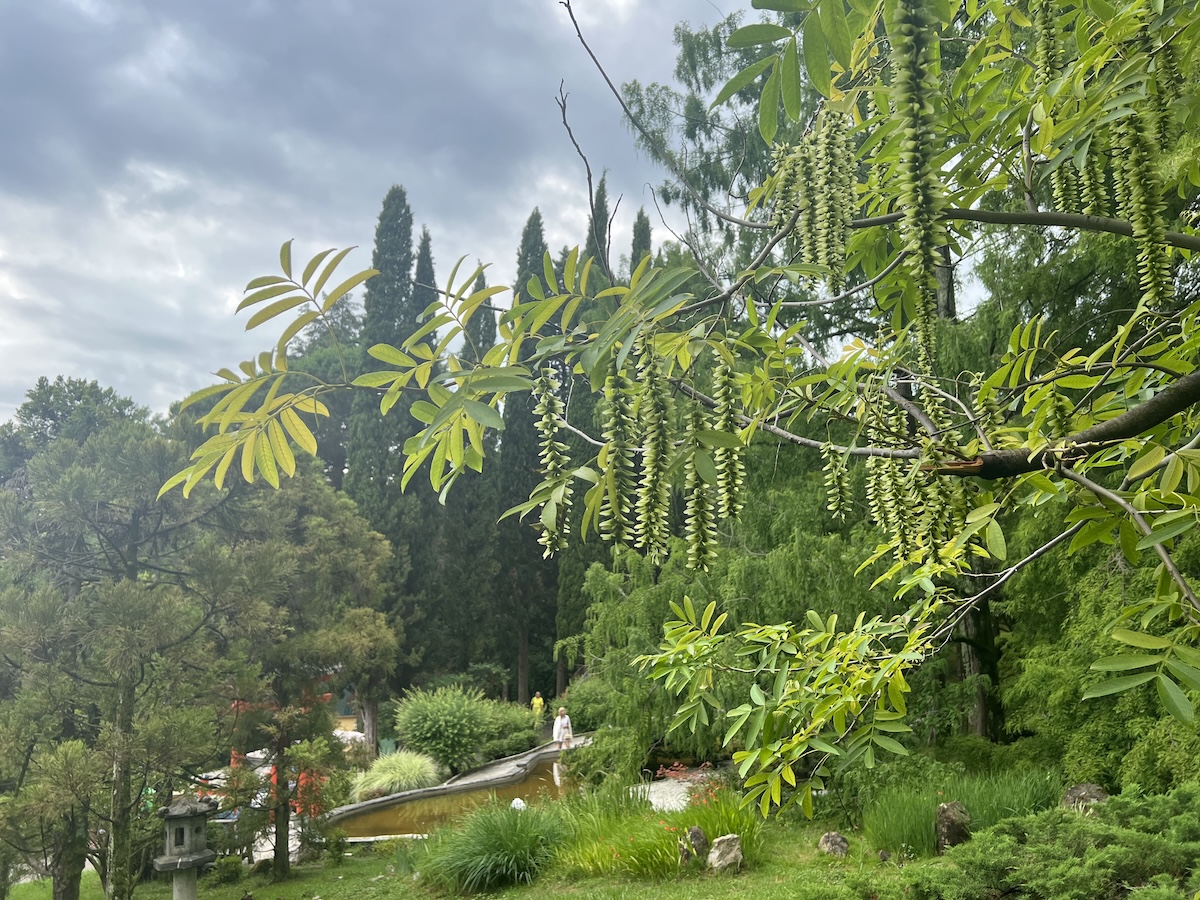Plant Species Recognition with Machine Learning
 Roman Matovsky
Roman Matovsky
Plant Species Recognition with Machine Learning: New Insights and Practical Approaches
Machine learning (ML) is transforming botany and ecology, offering efficient, innovative solutions for identifying plant species. Through image-based algorithms, ML can quickly recognize unique plant characteristics—such as leaf shape, color, and texture—streamlining identification processes and making them accessible to a wider audience. This article examines how machine learning aids in plant recognition, the main challenges researchers face, and the top tools enabling this progress.
Why Machine Learning Matters for Plant Identification
Plant identification has traditionally been labor-intensive, often requiring expert knowledge. Machine learning simplifies this task by automating the identification process, making it faster and more accessible. This technology offers numerous benefits:
1. Speed and Efficiency: Automated recognition saves researchers’ time, freeing them from manual classification.
2. Wider Accessibility: Even hobbyists can use ML-powered apps for identification.
3. Support for Conservation: Improved species identification assists in monitoring and protecting rare and endangered plants.
How Plant Recognition Models Operate
Plant identification through machine learning relies heavily on deep neural networks, particularly convolutional neural networks (CNNs), which excel at processing images. Here’s a breakdown of the process:
1. Data Collection: Large datasets of plant images are gathered from sources like PlantNet and iNaturalist.
2. Preprocessing: Images are formatted, resized, and adjusted to ensure consistency in training.
3. Labeling: Each image is annotated to accurately identify the plant species.
4. Model Training: The ML model learns distinguishing characteristics of each species by analyzing these images.
5. Testing and Adjustment: The model is tested with new images, and adjustments are made if accuracy needs improvement.
Once trained, the model can reliably identify plant species from new images with a high degree of accuracy.
Leading Tools and Platforms for Plant Recognition
1. PlantNet: A globally popular platform for plant recognition, leveraging ML models to identify species using an extensive database.
2. iNaturalist: This tool connects scientists and enthusiasts to identify plant and animal species. It integrates ML algorithms with cloud processing to enhance accuracy.
3. TensorFlow and PyTorch: These frameworks allow researchers to build custom ML models, which can be tailored to specific botanical datasets for more precise identification.
4. Google Lens: While not solely focused on botany, Google Lens recognizes a wide range of plant species, utilizing advanced image recognition models.
Key Challenges and Future Developments
Despite ML’s potential, plant recognition still presents a few challenges:
• Data Limitations: Insufficient data or low-quality images can impact prediction accuracy.
• Diversity of Species: With millions of plant species globally, creating a complete database is impractical.
• Environmental Variability: Variations in lighting, angle, and background conditions can affect recognition quality.
Nevertheless, as technology improves, so does accuracy. Future advancements may include more expansive databases and increasingly accurate models, enabling broader coverage of plant species.
Final Thoughts
Machine learning is opening new doors in plant species identification, making it easier, faster, and more inclusive. Through automated recognition and advanced neural networks, ML supports biodiversity efforts and paves the way for more efficient scientific studies in botany and ecology.
Subscribe to my newsletter
Read articles from Roman Matovsky directly inside your inbox. Subscribe to the newsletter, and don't miss out.
Written by

Roman Matovsky
Roman Matovsky
More about me: https://matovsky.com Roman Matovsky is a creator who thrives at the fusion of technology and creativity. As a skilled UI/UX designer and web/iOS developer, he specializes in designing intuitive digital experiences that truly connect with users. Beyond design, Roman is also a musician, composing music that sparks emotion and builds meaningful connections. In every project, Roman pushes the boundaries of design, blending function and aesthetics to create seamless experiences. His diverse artistic background allows him to draw on inspiration from different creative fields, fueling his innovative approach. Collaboration plays a central role in his work, where he combines creativity and technology to produce unique, compelling solutions. Roman views each project as a chance to tell a story and strengthen emotional connections through his designs and music. He continuously explores new ideas and techniques to expand his skills and elevate his work across various platforms.